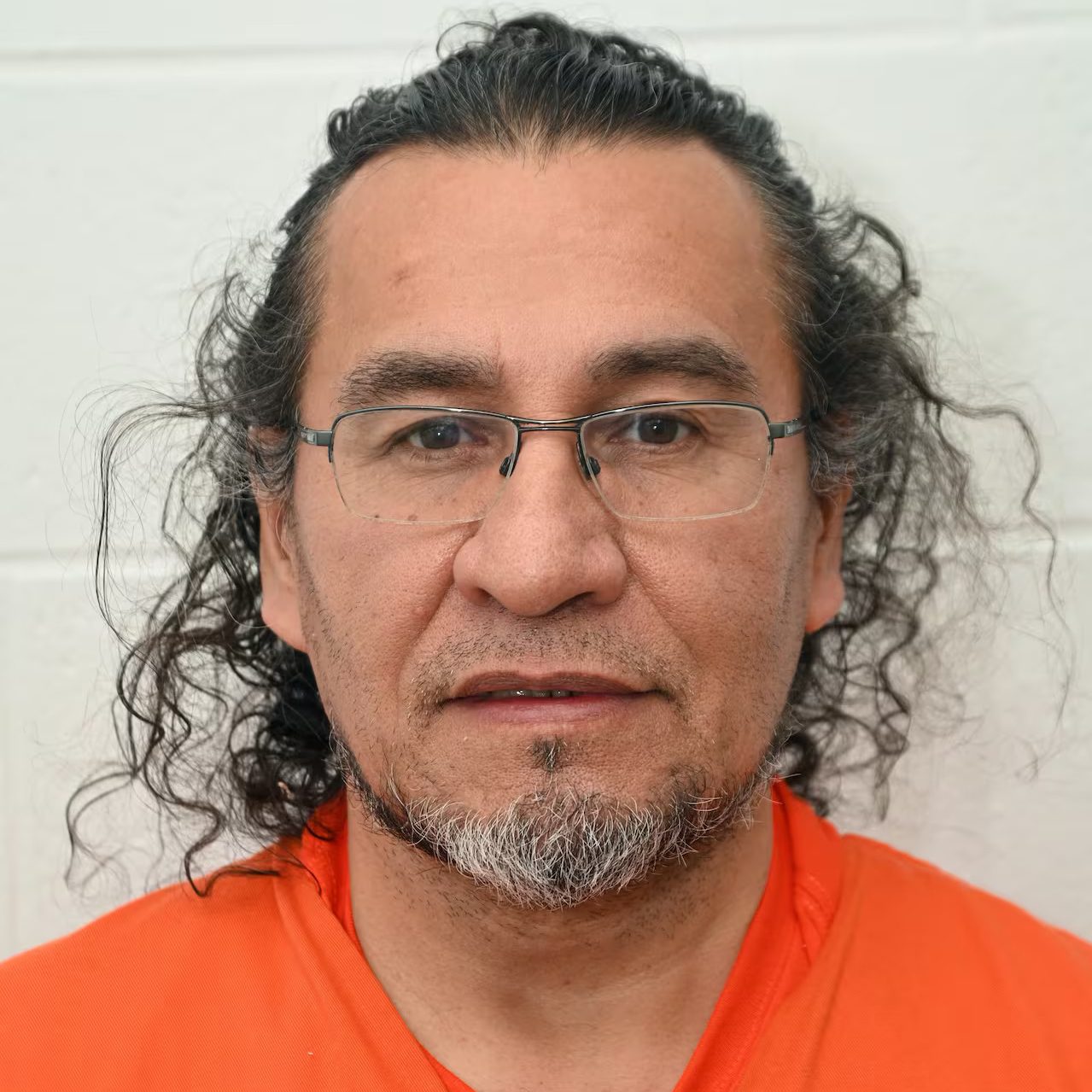In 1983, two separate incidents occurred where Susan Tice and Erin Gilmour were discovered dead in their respective residences. Several years later, law enforcement established that DNA recovered from both crime scenes matched that of a single individual, indicating a connection between the two crimes. Despite this breakthrough, apprehending the perpetrator remained elusive for authorities. It wasn’t until 2022, leveraging advancements in technology, that Joseph George Sutherland was arrested and subsequently convicted for the murders. NBC’s ‘Dateline: Evil Walked Through the Door,’ shows the investigative efforts leading to Sutherland’s capture and explains his motivations behind the crimes.
Joseph George Sutherland Evaded Arrest for Many Years
Joseph George Sutherland was born as a Fort Albany Cree Nation member and lived in Moosonee, Ontario. The Cree Nation, an Indigenous group, is one of North America’s most prominent First Nations groups, with many communities across the Great White North. They have a rich cultural heritage and traditionally inhabited the boreal forest regions of these provinces. Like many other kids his age, he attended the St. Anne’s Indian Residential School. Institutions such as the school were established by the Canadian government and operated by various church organizations to assimilate Indigenous children into Euro-Canadian culture.

However, the schools were notorious for their harsh conditions, cultural suppression, and physical and emotional abuse inflicted upon the students. As a teenager, Sutherland’s family relocated to Toronto, where he resided in 1983. On August 17 of that year, he unlawfully entered the residence of Susan Tice, a mother of four teenagers, situated in the Bickford Park neighborhood. Sutherland sexually assaulted her and stabbed her many times. He then left her dead body concealed beneath a duvet on her bed. Subsequently, on December 20, 1983, he perpetrated a similar offense by breaking into Erin Gilmour’s home, which was located in a Yorkville apartment.
The nature of both crimes and how they were carried out suggested they were the work of the same individual. However, official confirmation of this connection only occurred in 2000 when forensic analysis matched the foreign DNA found at both crime scenes. Still, Sutherland was far from the list of suspects the police had and was not being investigated. In 2016, advancements in investigative genetic genealogy enabled law enforcement to focus their investigation on Sutherland’s family. Investigative Genetic Genealogy (IGG) is a forensic technique that uses DNA profiles obtained from crime scene evidence to search public and private genetic genealogy databases, such as GEDmatch and FamilyTreeDNA, to find potential familial matches.
Sutherland had three additional brothers, and authorities obtained their DNA to compare it with the sample found at the crime scene. However, none of the brothers’ DNA matched the evidence. Consequently, attention turned to Sutherland, who was residing in Moosonee, Ontario, and was working in the IT sector. Obtaining his DNA discreetly in a small community posed a challenge for the police. Additionally, the rugged terrain leading to his residence in the hills raised safety concerns for the officers involved in the operation. In November 2022, at the age of 61, Sutherland was arrested after his DNA matched the evidence. He revealed he had moved to different places in Canada following the crimes.
Being a member of an Indigenous group, a Gladue report was prepared for him, detailing his experiences of physical and sexual abuse in residential schools. A Gladue report is a specialized pre-sentence report prepared for Indigenous offenders in Canada. It takes into account the unique systemic factors that may have contributed to the individual’s entanglement with the criminal justice system, with a focus on the intergenerational impacts of colonization, residential schools, and systemic discrimination faced by Indigenous peoples. During an interview for the report, he confessed to struggling with alcoholism at the time of the murders. He claimed not to remember the first murder and only had vague recollections of the second. Despite considering turning himself in over the years, he had been unable to do so.
Joseph George Sutherland is Serving His Sentence Today

Initially charged with two counts of first-degree murder, Joseph George Sutherland later pleaded guilty to two counts of second-degree murder in October 2023. The judge sentenced him to life in prison with the possibility of parole after 21 years. The defense argued for a limited sentence, citing that this was his first offense and that he had lived a crime-free life since then. However, Canadian authorities expressed their intention to investigate Sutherland’s potential connection to other unsolved murders and killings in the area. According to the latest reports, he is being held at the Toronto South Detention Centre and will be eligible for parole in 2043.
Read More: Grant Amato: Where is the Killer Now?


You must be logged in to post a comment.